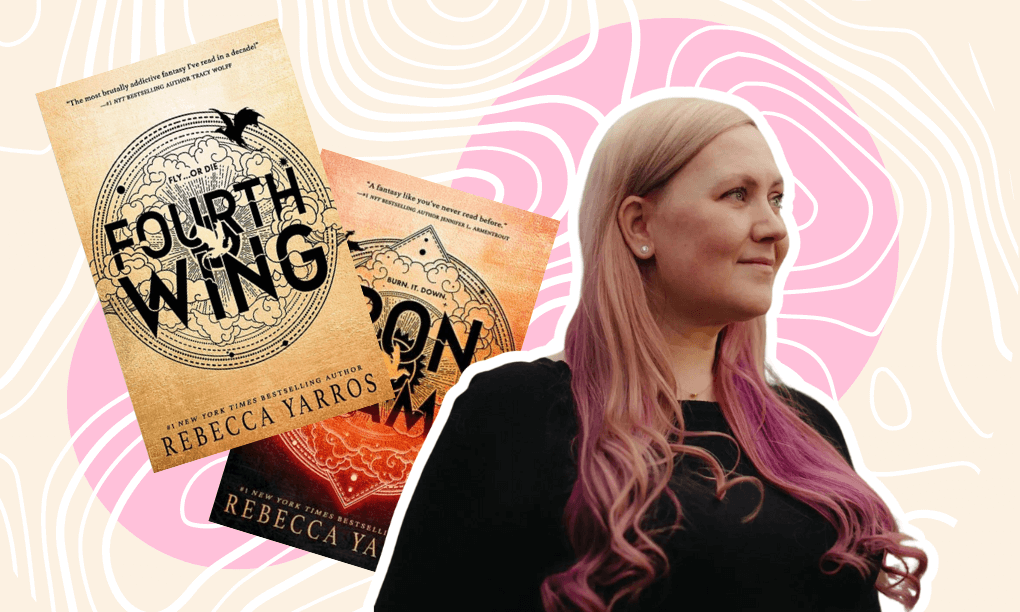The cost of textbooks for college students has skyrocketed over the past decade. A new economics textbook could now cost you as much as $300, and that’s just the tip of the iceberg. It’s a known fact that students spend an average of $600 to even $1000 on textbooks per year. However, this also depends on which university you attend, whether private or state. But despite the fact that the cost of textbooks has been increasing, the same can’t be said for the amount students spend on them. How could this be so? Well, when prices go up, people tend to find ways to avoid paying such high prices. And it appears that students have also found a way.
Why are textbooks so expensive?
There are many factors that influence the recurrent increase in the cost of textbooks; this may be due to competition, the cost of book production itself, course curriculum, and also due to the fact that a lot of textbooks tend to come with new editions.
- Textbooks are generally expensive to produce. There is a lot of effort that goes into them and the same needs to be appropriately compensated. Book publishing companies are responsible for the design, layout, printing, and/or e-book coding of the finished book. Because a lot of effort goes into making them, production values are considerably high, and this, in turn, could increase the cost of books.
- Publishers tend to take a significant percentage of the profit from textbook sales. Not surprisingly, part of the reason for the high cost of textbooks could be directly related to their desire for money. Considering the fact that there aren’t a lot of textbook publishers in the market, competition is at a minimum. This is why some companies can get away with charging high prices. Furthermore, students make for an easily captive audience. They require books and study materials and are willing to do just about anything to get them.
- Authors are paid by the word, leading to insane inflation of book size. Indeed, you may learn as much (or as little) from your 700 pages book as the 200 pages one. Bigger books mean more expensive shipping and more paper and ink in order to print the books. Authors also develop the need to update their works. This could be due to them finding new materials that they feel needs to be added to their research, or they may find the need to write a new version based on current events. In most cases, this renders the old version of their books outdated and worthless, and people are forced to get the new updated version which, of course, would be more expensive.
- Professors also play a role in the reason why students spend a lot on textbooks. Just like doctors, without having the cost in mind, prescribe prescription drugs or tests that patients need to take. Professors do the same by assigning lists of books to students with little to no consideration of the costs. Economists call this a principle-agent problem. Rather than choosing the most cost-effective books, they simply choose the ones they prefer to use when teaching.
How students cope with the increasing cost of textbooks

A recent study by the United States Government Accountability Office showed that the average prices for textbooks have risen to 82% in over 10 years. But as prices for new textbooks keep going up, students responded quite logically and found ways to avoid having to pay such a high price for a textbook.
- Renting Books: While college stores usually buy back textbooks, they’ve recently taken new steps to simplify the process and keep costs down. Rather than purchasing and then reselling their books, most college bookstores allow students to rent books. Renting grants students access to a book for a semester, with a hard deadline to return it after finals have concluded. And the price of a rental is generally far less than the cost of a purchased book.
- Buying Used Books: The spread of the Internet has made it easier for students to find used books even from faraway places. Buying used books is incredibly cheaper than buying new ones. There are multiple sites on the internet that allow students to search for and purchase used textbooks that are usually sold for less than the original ones. Buying a used textbook is the easiest and quickest way to save money. However, the key is to make sure that you are buying a book that is in reasonable condition. A helpful tip in searching for textbooks could also be to use a free online search tool. Such tools help students to compare prices of textbooks in specific sites, compare the price of used textbooks so that they can choose the one most suitable for them.
By renting textbooks or buying used ones, students have been able to battle textbook publishers and the ever increasing prices of textbooks. However, textbook publishers retaliated by simply increasing the prices of textbooks even more. For a textbook publisher selling few textbooks every year, the only reasonable tactic in order to cope with the loss is to increase the price for the books, even more, especially the new editions. But this, in turn, encourages students to buy even fewer. Some call this a “spiral of destruction”.
Nonetheless, some people think that the way out of this problem is to promote the use of e-books; by replacing textbooks with better software and digital interactive versions of books. Websites such as Amazon and Booksrun offer textbooks in digital form, which is way cheaper than buying the paper form. The only downside for students, however, is that you can’t sell digital textbooks back to the bookstore, or to anyone, at the end of the semester.


